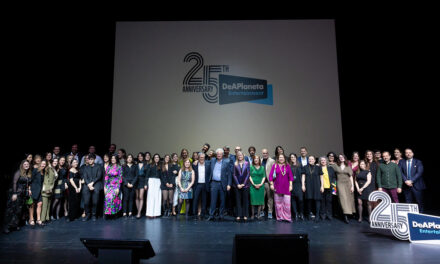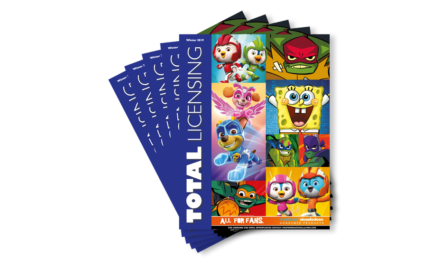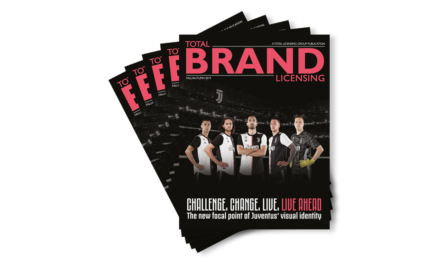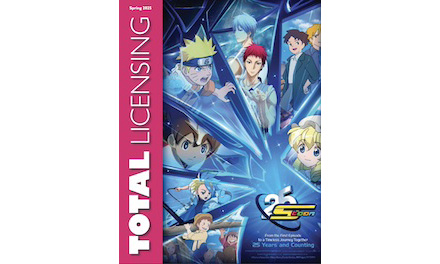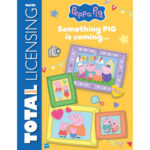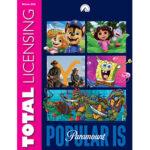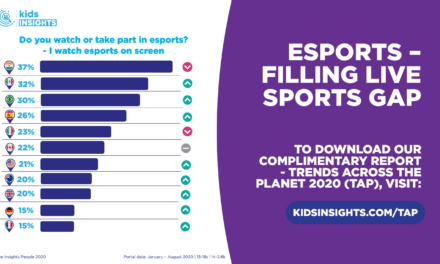
Minted: the not so new world of NFTs and what they might mean for brands
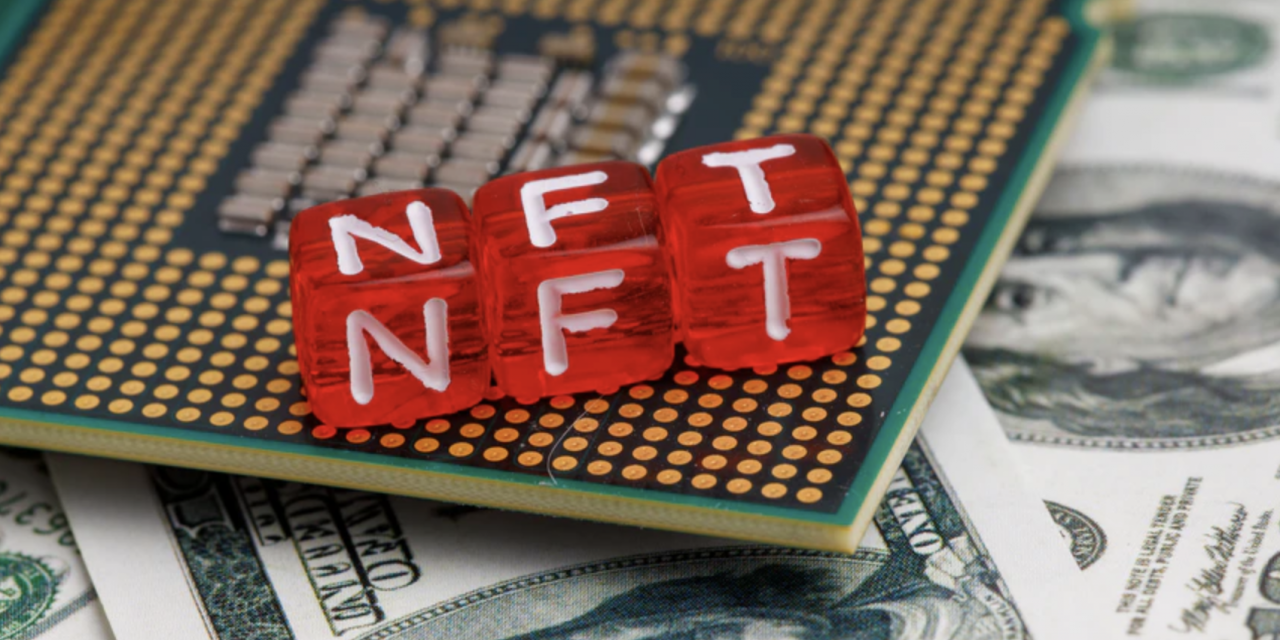
Stefanie Wood, Product Director at OpSec
From digital handbags to flying cats, NFTs (non-fungible tokens) exploded in 2021. By the end of the year, sales had soared to over $44 billion as celebrities and brands plunged into the surging NFT market. Whilst the assets associated with NFTs ranged from virtual art to video clips, most NFT collections (or ‘drops’ as new NFT issues are known) shared something in common: they sold out in minutes.
In 2022, NFTs have sustained their momentum and their place in popular consciousness. NFT sales in the first week of May 2022 alone surpassed $37 billion. NFTs have undoubtedly made the most impact in the art, fashion, and entertainment industries, but they are also entering less obvious domains. Even the Royal Mint, the UK coinage producer, is getting in on the action, with an NFT scheduled to land this summer.
With so much buzz around this new and booming crypto trend, it can be hard to distinguish fiction from fact. Let’s take a moment to demystify NFTs before exploring what it means for brands.
What is an NFT?
A fungible token is inherently interchangeable. The most obvious example is currency, whether digital or conventional. A $10 bill can easily be exchanged for two $5 bills, and one Bitcoin holds the same value as another. Conversely, an NFT is a non-fungible token, meaning it is not interchangeable with another NFT. In other words, it is unique. Or more significantly, the underlying asset it is associated with is unique. This could be a truly one-off asset, or a limited-edition issue, much as in the conventional artworld.
In common with digital currencies, NFTs are stored on the blockchain. Or at least they are once they have been ‘minted’, a digital process that creates the certificate and links it to the underlying asset. And anyone can mint an NFT. This process creates detailed metadata, such as the legitimate owner, asset name, transaction history, and, if applicable, associated royalties. While an underlying asset can be copied and duplicated, at least in the case of digital imagery, the NFT itself is essentially copy proof. As with other entries on the blockchain, the digital certificate for the NFT will remain as an immutable and indelible record on a decentralized database. That’s because the blockchain only allows records to be created, not amended or destroyed. Whilst NFTs are theoretically indelible, the reliance on automated technology creates a security paradox. When an NFT is minted, a smart contract is created to define the sales processes and record the transactions associated with the digital file. A smart contract is a self-executing digital contract that details the sale in code. Self-executing code is inherently more secure as the sale is automated, and the data stored within is transparent as well as immutable. This reliance on automated blockchain technology is not without risk as digital access keys can be stolen or lost, and are not immune to cyberattacks. More on that later.
Whilst NFTs can represent any digital or physical object, the key to understanding their popularity lies in this exclusivity. Since NFTs can’t be interchanged, the owner of the NFT holds a unique asset. By owning an NFT, fans have the ultimate collectible. One that commands bragging rights to an iconic moment in sporting history, a one-of-a-kind artwork, or the digital manifestation of a limited-edition product.
For leading brands, with devoted fans and followers, the opportunities are seemingly infinite. The wide applicability of NFTs means they can be tied to anything from music clips to gaming skins, offering brands endless ways to connect with their audience. NFTs can create interactive fan experiences and enrich a brand identity, whilst providing loyal fans with ownership of an exclusive piece of the brand’s history. Of course, a brand could be a leading name in luxury or consumer goods, a leading sports league or club, or a major entertainment franchise or performer. And each of these has their own unique assets to mint.
From apparel to art: the mass appeal of NFTs
While anyone can tokenize their work and sell it via an NFT, the most obvious impact has been in digital artwork and collectibles. The latter has spanned cartoons to trading cards…and most things in between. These replicate the basic characteristics of their conventional counterparts but, in many cases, they also exploit new possibilities offered by digital. For example, French trading cards business Sorare, introduced fantasy football elements, and $150m worth of cards were traded in just nine months. Cryptokitties, one of the earliest phenomena of the NFT boom, also includes a game element. Not in itself surprising, until the values involved are considered, with some Cryptokitties being put up for sale at more than $1m.
While startups and developers have made the early running in NFTs, this level of consumer spend and excitement was never likely to go unnoticed by brands. In late 2021, Budweiser launched the Budverse Heritage Collection of NFTs, a curated set of unique digital beer cans, representing key moments in Budweiser’s history. The collection sold out within an hour, with subsequent coverage attracting 243 million impressions. Luxury fashion house Dolce & Gabbana sold out its debut NFT collection for $5.7m. In the world of sports, NBA’s Top Shot series has provided fans with iconic collectibles for the crypto age. Valued at $7.5 billion, this series encapsulates legendary moments from the league’s history into video NFTs. The most expensive NFT from this series, an infamous LeBron James dunk, has been sold for $387,600 at auction. From gold plated brand icons to iconic moments in sporting history, brand and rights owners have plenty to bring to the table with NFTs. And they aren’t stopping there.
Late last year, Nike acquired RTFKT Studios, a virtual shoe company that specializes in digital sneakers. Nike cemented its intent by formally requesting that StockX destroy any NFTs that had been minted with Nike trademarks without permission, in a process known as burning. Unsurprisingly, unauthorized NFTs have proliferated in the unregulated, opportunistic world of NFT marketplaces. But more on that later. In the Nike example, the NFT offers a form of authenticator for an already scarce physical object. In this case, limited edition sneakers that have a significant resale value. Issuing an NFT cements the status of the product and gives the item greater provenance and appeal. It can also offer a new means of transferring the ownership and authenticity of the asset throughout its lifetime. For those in the diamond industry, this approach is already familiar from the blockchain based Tracr platform. Setup by De Beers, it records and tracks diamonds throughout their life and resale. So far, so similar. However, the assets in question are inherently “real” and unique…while NFTs monetize a far greater level of implicit and implied value.
Opportunities for brands
Given that most brands are all about implicit and implied value, it’s no surprise that a growing list of big brands are getting in on the action…or even moving beyond experimentation. But while examples such as the Budweiser artwork sale may capture the headlines, the financial sums are still negligible in the context of multi-billion-dollar product sales. Beyond one-off digital artwork or video sales, and the association with and authentication of physical products, other characteristics of NFTs are sure to be attracting brands. Repeat royalties, which occur when an NFT is resold, could present potential new revenue streams. As with the artists that see this as a way to monetize their creativity, brands could use this to exercise control and derive value from their brands and content as they traverse new frontiers.
For brands, the ultimate purveyors of intangible value, this could represent an incremental yet important new avenue for brand building, licensing, and consumer engagement. As shopping, media, social, and other behaviors have digitized, brands have scrambled for their place in this new landscape. NFTs are no different. Louis Vuitton, already active in gaming collaborations, has recently launched its own mobile game with collectable NFTs as a reward. Such an approach allows brand owners to reach new audiences and expand their relevance for new generations of consumers. Woven into an already rich fabric of brand to consumer interactions, this starts to put brands into the minds and hands of consumers in new ways.
Taking small steps into the world of the non-fungible
So far, so promising. But before plunging into NFTs, brands need to understand the risks. NFTs may be dubbed cryptographically secure, but the storage limitations of decentralized ledgers means that only the NFT itself can be stored on the blockchain. Therefore, when an NFT is purchased, it is only the identifier to the underlying asset that is stored securely, not the digital asset itself. However, as seen with digital currencies, the security of the online trading marketplaces for NFTs is itself not infallible. As with any platform, these marketplaces are not immune to hacks. In February, OpenSea was hit with a phishing attack, leading to a $1.7 million worth of NFTs being stolen. Similar hacks have occurred on other popular NFT marketplaces, such as Nifty Gateway, which was infiltrated in March 2021. Acting as a broker for NFT transactions, these marketplaces provide the vehicle for the transaction, not the smart contract itself. As a result, marketplaces do not have any legal obligation to return investor funds. In these cases, the marketplaces concerned have refunded investors, but these customers remain without their NFTs.
NFTs may have forged a distinct dialogue around ownership, but licensing may be a more appropriate term for the rights granted by an NFT. Under UK copyright law, the legal author of the work is the one who created the piece. This would mean the NFT creator is the rightful owner, not a subsequent buyer. And only the legal author of the work can publicize its creation. Can an NFT buyer display their new digital asset on social media? The answer is probably not, but even this remains ambiguous, as some NFT certificates provide additional royalties for the buyer. Just ask Elon Musk, who changed his Twitter background image to a screenshot of a Bored Ape Yacht Club NFT to satirize this uncertainty.
With versatility comes vulnerability
More pertinent for brands, bad actors have seen the popularity of NFTs as an opportunity to appropriate and profit from the intellectual property of brand owners. Reportedly, 80% of NFTs minted on the largest online NFT marketplace, OpenSea, have been found to be faked or plagiarized. As many companies take their first steps into NFTs, they may find bad actors are already there, impersonating their brand.
Just ask Hermes. Before the luxury giant had the chance to launch an NFT collection, illegitimate ‘MetaBirkin‘ NFTs had sold-out online. Whilst these NFTs visually resembled Hermes’ iconic Birkin bag, they were minted without authorization by the brand owner and had no legitimate association with the Hermes brand. A single MetaBirkin NFT sold for as much as $46,000, much more than its physical counterpart, which starts at $9,000. So NFTs have the potential to generate more revenue than their physical equivalents…but this only benefits brands if NFTs are legitimate, not convincing imitations.
Before brands can benefit from NFTs themselves, they must stop the bad actors. It’s not just the theft of IP, it is the damage to a brand’s carefully curated image, the impact on unwitting consumers, and the polluting of the NFT space. Just one illicit NFT collection can undermine years spent enriching brand identity. So unauthorized NFTs can indeed be highly damaging to a brand owner, but with 55 NFT marketplaces to monitor, taking down IP threats can be a daunting and seemingly perpetual task.
Proven brand protection for NFTs and the metaverse
Brands can take confident strides into NFTs, and the metaverse more broadly, with a proven brand protection partner by their side. The right partner can provide automated technology to identify unauthorized NFTs in real-time and utilize established protocols to enforce NFT takedown. With such a service in place, brand owners can create iconic NFT collections that connect with customers and elevate their brand, just as they intended. For more than 40 years, OpSec Security has protected intellectual property on behalf of brand owners and licensors. Drawing on experience and techniques that have proven successful in countering the online selling of counterfeits, OpSec now detects and takes down unauthorized NFTs that infringe on IP. This is a service that has been running for more than a year.
Covering most of the principal NFT marketplaces, and with emerging marketplaces being added every month, OpSec adapts its service to the specific needs of each customer. Combining proprietary online monitoring technology and a dedicated team of global analysts, the service targets the most egregious sources of infringement. And it yields rapid results. In just one year, OpSec has taken down thousands of unauthorized NFTs on behalf of its customers. OpSec teams work with global partners, industry bodies, and law enforcement agencies to improve enforcement and online compliance. Although NFTs are a relatively new phenomenon, when OpSec asks, the marketplaces listen. OpSec has already taken down 87% of unauthorized NFTs for its clients. This combination of brand protection experts, global partners, and automated technology is helping brands clean up the field for their own successful NFT launches.
Ready to start safeguarding your brand in the metaverse? To discuss our NFT protection services, contact OpSec Security at: https://www.opsecsecurity.com/contact-us/


